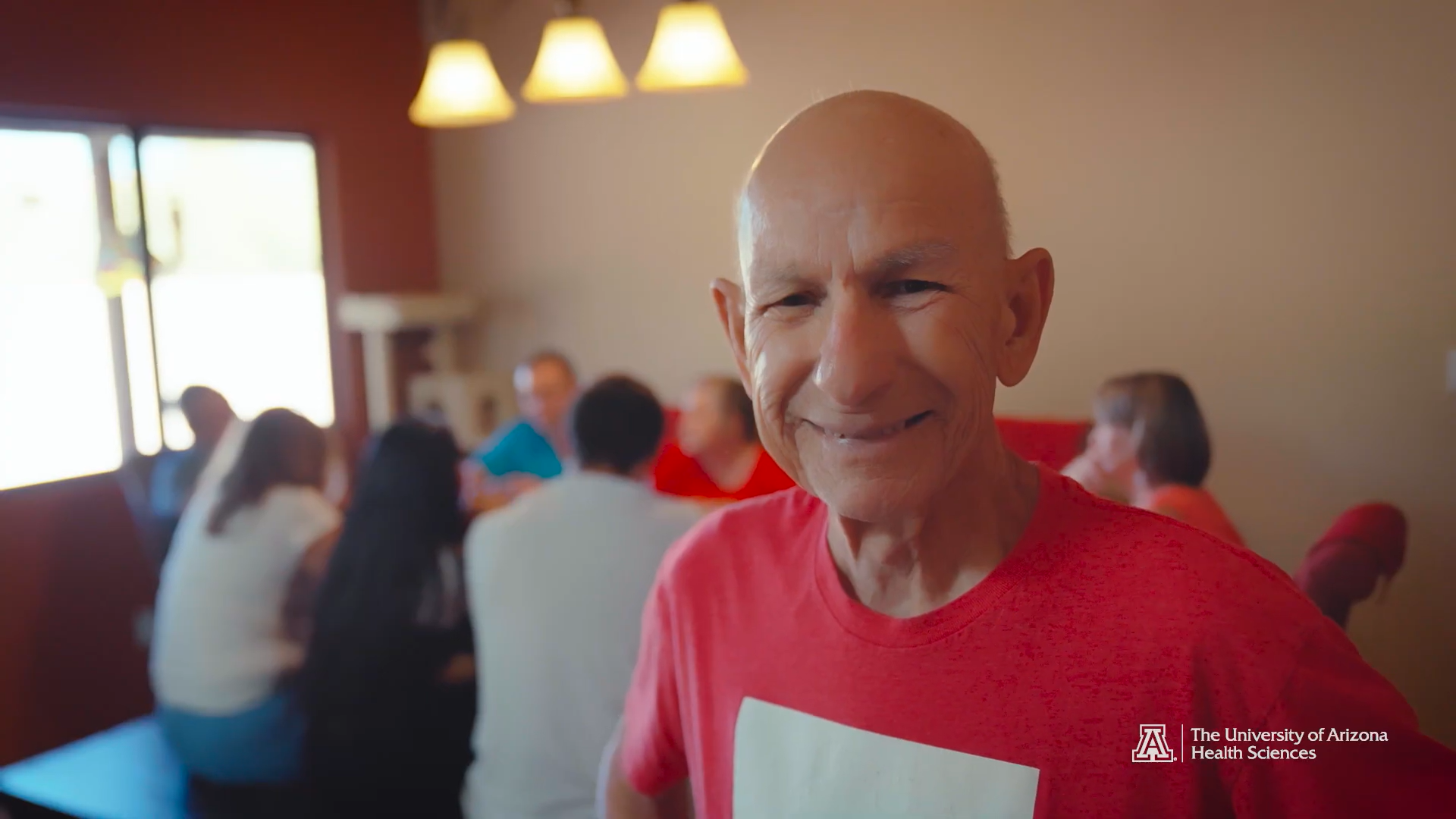Silver Darmer, a 79-year-old Navy veteran, has been navigating a challenging journey with pancreatic cancer for the past seven years.
His experience has been significantly shaped by a clinical trial at the University of Arizona Cancer Center, where he has benefited from a combination therapy that merges immunotherapy with targeted chemotherapy. This innovative treatment has not only extended his life but also allowed him to cherish additional years with his family.
“We had to learn to find our way using the sun, moon and stars. My only point of reference was usually the sun, and I thought it was a fantastic experience. I can’t describe what it was like to see the glaciers up close I still don’t wear a watch, because I can tell the time by the sun’s position in the sky,” – he said.
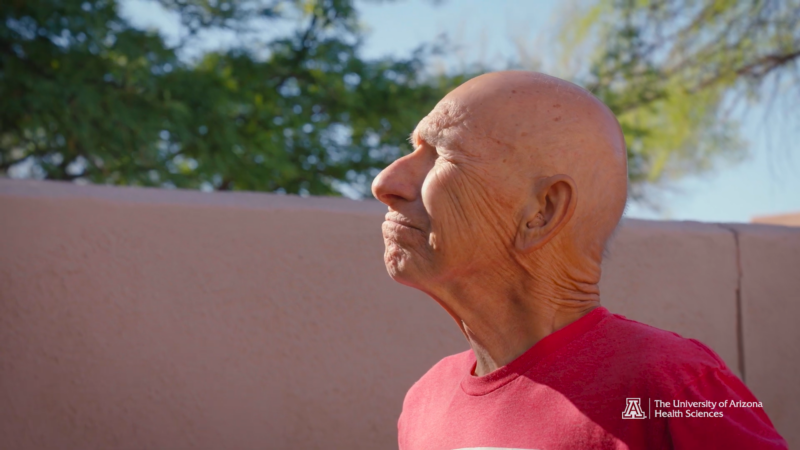
Background and Early Life
Darmer was born in Mexico and moved to Tucson, Arizona, as a child. He faced early challenges, including learning English and helping his family make ends meet. Despite these obstacles, he excelled academically, earning a scholarship to the University of Arizona, where he completed a Bachelor of Science in Chemistry. He later pursued advanced degrees in soils and water science and business administration.
“I would never have been able to afford college if not for that scholarship. I was always interested in science, and chemistry seemed like a profession where there would always be a guaranteed job. Later, I became interested in the business side of things as well,” – Darmer said.
His military career began when he joined the Navy and was assigned to Antarctica during Operation Deep Freeze in the 1960s. This operation was crucial for supporting scientific research in one of Earth’s most remote regions. Darmer viewed his assignment as fortunate, especially considering that he returned home just before a plane he served on crashed due to mechanical failure.
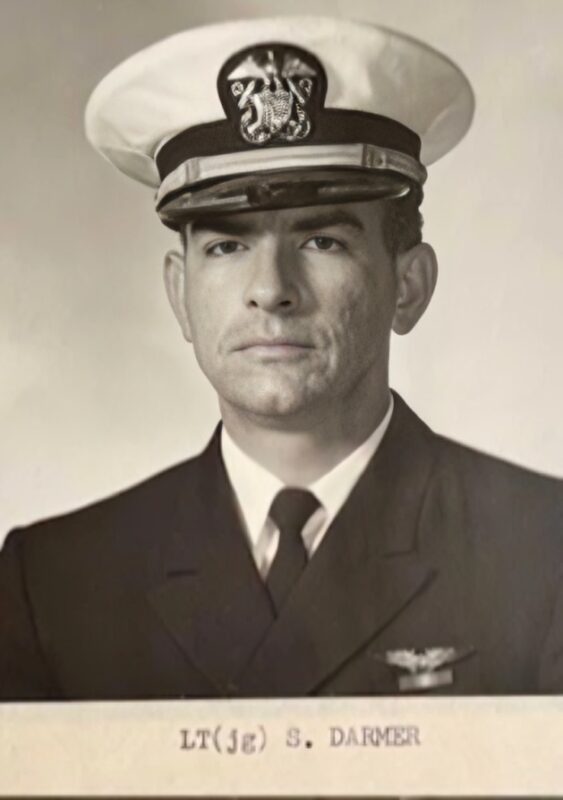
Silver Darmer became a naval flight officer in 1968 after graduating from the University of Arizona with a bachelor’s degree in chemistry. Before he completed his bachelor’s degree, Darmer met with a Navy recruiter on campus.
“He asked if I’d be interested in flying airplanes, and I thought that sounded like something I would enjoy. They allowed me to finish my degree before signing up. It turned out I couldn’t be a pilot because my vision wasn’t perfect, but that is when I became a naval flight officer and started learning about navigation. No one was injured thank goodness, but 10 men had to live in survival shelters until they were rescued,” he said.
Cancer Diagnosis and Treatment Journey
Darmer’s life took a drastic turn in the summer of 2016 when he was diagnosed with pancreatic cancer.
“My attitude was, I have a little problem and I have to stay ahead of it. I did not want to let cancer determine the story of my life. It was bizarre. You hear your whole life how bad cancer is, but I felt fine, like there couldn’t be anything wrong. I basically went into the doctor’s office for a routine appointment, and at the end of it they told me they suspected pancreatic cancer,” – he said.
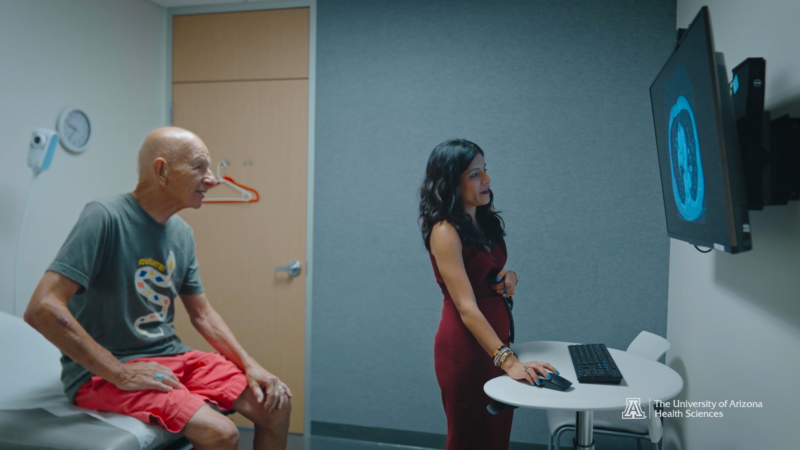
Initially treated with chemotherapy and radiation, he underwent a complex procedure known as Whipple surgery to remove tumors. Although these treatments were effective for some time, the cancer returned two years later, metastasizing to his lungs and leading to a Stage 4 diagnosis—an extremely challenging prognosis with a five-year survival rate of about 3%, according to the National Institutes of Health’s National Cancer Institute.
“Before I met Silver, he was being treated with the standard chemotherapy cocktails. These therapies have been proven to be relatively effective in some cancers, but it is extremely difficult to treat Stage 4 pancreatic cancer. Unfortunately for Silver, the cancer was mutating and seemed to be outsmarting the drugs being thrown at it,” – said Rachna Shroff, MD, Interim clinical affairs director at the University of Arizona Cancer Center and professor and chief of the Division of Hematology and Oncology in the Department of Medicine at the UArizona College of Medicine – Tucson.
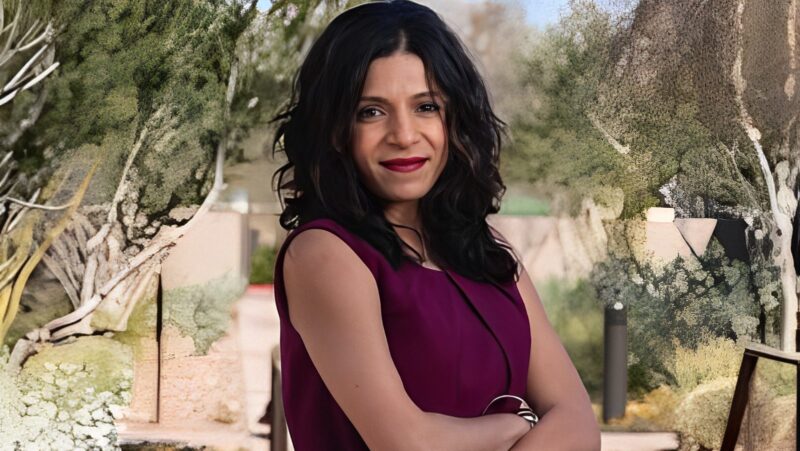
Faced with limited options after conventional treatments failed, Darmer decided to participate in a clinical trial led by Dr. Shroff at the University of Arizona Health Sciences in October 2022. This trial focuses on combining checkpoint inhibitors – drugs that enhance the immune response against cancer – with targeted therapies.
The Impact of Combination Therapy
The clinical trial has yielded promising results for Darmer.
“I spent more time with my family, because I didn’t know how much time I had. None of us do, really. I looked at it as an opportunity to live my life to the fullest,” – Darmer said of the gift of time the clinical trial provided him.
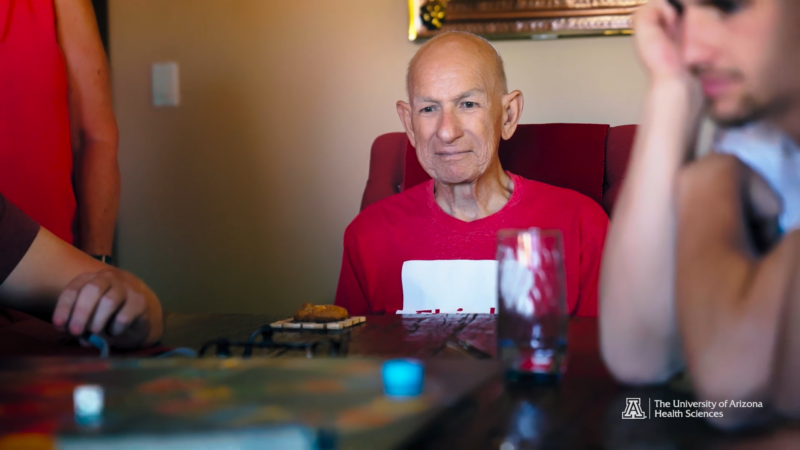
Many cancerous spots on his lungs have either shrunk or disappeared entirely since starting the treatment, and he has experienced no new developments or severe side effects. This progress has allowed him to enjoy life more fully, including taking cross-country road trips with his daughters.
Dr. Shroff’s research is grounded in understanding why traditional immunotherapies often fall short for pancreatic cancer patients. By examining organoid models derived from patient samples, researchers can better comprehend how tumors create protective environments that hinder immune cell activity.
Shroff is investigating the effectiveness of a combination therapy that pairs a checkpoint inhibitor with a targeted therapy for patients suffering from metastatic pancreatic cancer. This approach is rooted in preliminary research led by Yana Zavros, PhD, a professor at the College of Medicine in Tucson.
“By combining a drug called cabozantinib and a monoclonal antibody called atezolizumab, Dr. Zavros observed that the immune cells could get in and kill the cancer. It appears the cabozantinib takes down that protective layer and the atezolizumab triggers the immune cells so they can get in and do their job,” – Shroff said.
Zavros aimed to uncover the reasons behind the frequent ineffectiveness of immunotherapies in treating pancreatic cancer and sought to identify more effective treatment options. Her research involved cultivating organoid models of pancreatic tumors derived from patient samples. Through her studies, she discovered that these tumors create a protective microenvironment that prevents immune cells activated by immunotherapy from reaching and attacking the tumor cells.
To validate her findings, Shroff collects biopsies from participants in the clinical trial both before and after treatment, allowing her and Zavros to determine whether the phenomena observed in organoid models also occur in human patients.In one case involving a patient named Darmer, many cancerous lesions in his lungs have either shrunk or vanished since he began participating in the trial. He has not experienced any new cancer developments or significant side effects and has even felt well enough to embark on cross-country road trips with his daughters.
Silver Darmer’s story exemplifies the potential of modern cancer treatments that combine different therapeutic approaches to improve patient outcomes and quality of life. His journey reflects both resilience in the face of adversity and hope brought about by innovative medical research. With the support of dedicated healthcare professionals at the University of Arizona Cancer Center, Darmer continues to thrive against the odds, inspiring those around him with his determination and spirit.
Further Reading:
Pancreatic Cancer: Symptoms, Causes, Types, Diagnosis & Treatment
